It’s the studio that rewrote the rules of animation, and it hasn’t let up since. So which is the best – and the worst – of Pixar’s 19 movies?
1. The Incredibles (2004, dir Brad Bird)
The jewel in the Pixar crown, the masterpiece of the noughties golden age of digital animation and a great family movie that actually asks what a "family" should be. Just before the Marvel franchise boom and the Nolan Batman phenomenon, Brad Bird gave us this glorious superhero movie, with a wonderfully sophisticated, funny and literate script and compelling characters. And in 2004, we were still all capable of being gobsmacked by the delirious technological achievements in perspective, light and colour. Holly Hunter had a genuine career highlight voicing Elastigirl, the "super" who with her super-children Dash, Violet and Jack-Jack in tow, has to rescue her husband Mr Incredible from his island imprisonment at the hands of supervillain Syndrome, Mr Incredible's former teen fan whose spurned adoration has curdled into rage. The downing of Elastigirl's jet is an authentically exciting action sequence, and their battle with Syndrome is gripping on every level - as is the family's internal debate about whether their super-fast son Dash should compete in track events or submit to the mediocrity of the age. The comedy insights into superheroism are superb: the dangers of capes and everyone's propensity to monologuing. And the superhero costume designer Edna Mode is a joy with her wonderful and appropriate maxim: "I never look back, darling. It distracts from the now." The now is what The Incredibles gave us.
2. Toy Story 2 (1999, dir John Lasseter)
A movie to rival The Godfather Part 2 for the title of best sequel in cinema history, and a stunningly brilliant development to the first film, conjuring almost out of nowhere a compelling debate that wouldn't have been possible if John Lasseter had not persuaded us to take the toys' human existence so seriously. The toy cowboy Woody (voiced by Tom Hanks) has been kidnapped because he is supremely valuable as a "collectible". Woody's fellow prisoners tell him to accept this pampered captivity under glass and forget about his illusory freedom as a "working" toy because kids are fickle and cruel. Jessie's song When She Loved Me is the single most devastatingly sad moment in any kids' film, and Pixar isn't shy of dishing up the tear-jerkers. It was only when I became a father myself that I realised that the song is a parable for the parents' fear of abandonment by their children who won't want to play with them when they grow up.
3. Ratatouille (2007, dir Brad Bird)
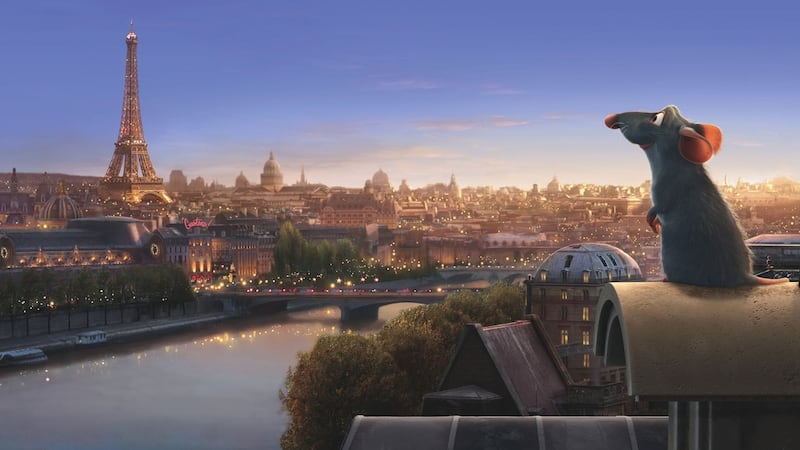
This Pixar classic is its most obviously old-school family animation, the kind of movie that appears to have a great deal in common with the world of Disney as exemplified by The Aristocats or The Lady and the Tramp. Remy is a wretched little rat in the teeming world of Paris who turns out to be a brilliant chef: he insinuates himself into the kitchen of a top restaurant and his creations have to be passed off as those of a more respectable gastronomic star. Ratatouille has, incidentally, one of the greatest fictional critics in film history, Anton Ego, whose beliefs should be listened to carefully by those of us in the real world: "… the bitter truth we critics must face, is that, in the grand scheme of things, the average piece of junk is probably more meaningful than our criticism designating it so. But there are times when a critic truly risks something, and that is in the discovery and defence of the new."
4. Toy Story (1995, dir John Lasseter)
Many would place it higher, or even No 1: perhaps as the first Pixar film – and the originator of so many Pixar ideas and tropes – it has a right to exist in a Top One all of its own. At any rate, this is a wonderful tribute to the secret world of children's imagination, a modern American Nutcracker, with something to say about the film history which it was itself revolutionising. When the humans are away, the toys come to life. The chief rivals are cowboy Woody and the brash astronaut Buzz Lightyear (voiced by Tim Allen): just as the western was being supplanted by science fiction. A new frontier of myth.
5. Monsters, Inc. (2001, dir Pete Docter)
An authentically surrealist masterpiece. The far-off city of Monstropolis depends for its energy on children being frightened: it generates power for the city by getting monsters to enter kids' bedrooms at night and bottling the energy of their screams. Maybe only the most impregnably innocent movie could get away with this idea and it's only afterwards that you suspect satire. Who knew that children's emotions could be monetised? John Goodman and Billy Crystal voice Sulley and Mike, two scary monsters who enter the bedroom via a closet door, like Aslan and Mr Tumnus making a sortie outside Narnia.
6. Inside Out (2015, dir Ronnie Del Carmen & Pete Docter)
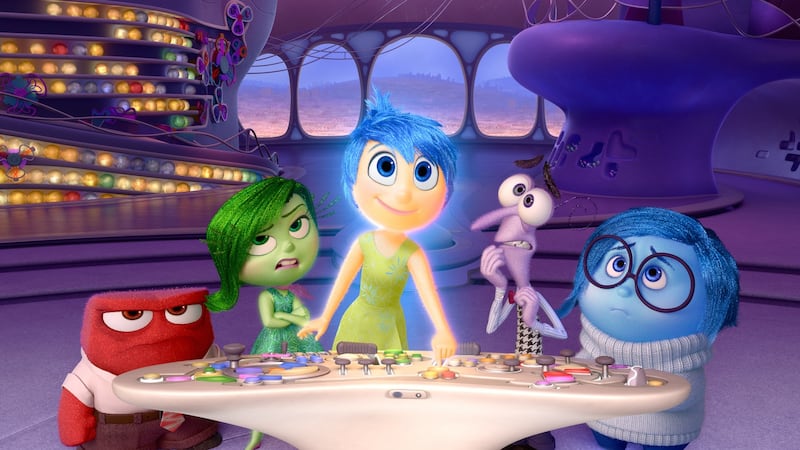
It has a claim to be considered a late masterpiece in the Pixar canon, and something that plugs into the studio’s gift for illuminating a secret world and finding in that secrecy a vast, surreal landscape. Riley is a lonely and depressed 11-year-old who has been uprooted from her Minnesota home when her dad gets a job in San Francisco; we see the mission control headquarters of her mind, led by five emotions. The first among equals is Joy (voiced by Amy Poehler); and they are in charge of creating little “memory balls” that are warehoused in a vast multicoloured library in a Daliesque desert landscape. It’s a film that stays with you for ever.
7. Toy Story 3 (2010, dir Lee Unkrich)
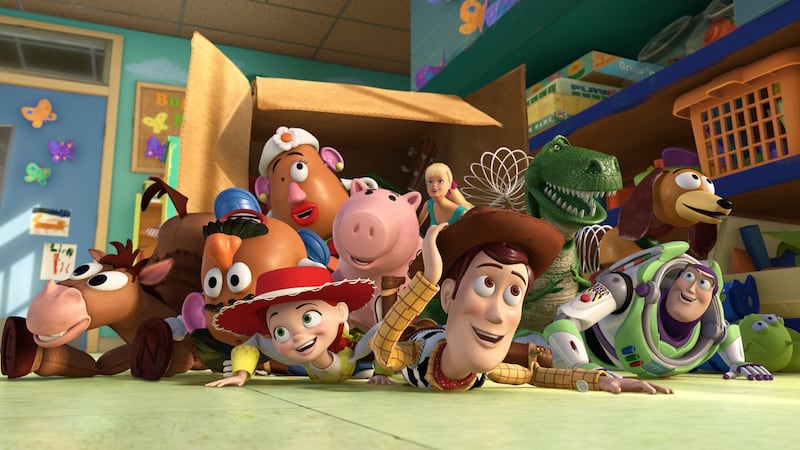
The Toy Stories were so potent, and with such staying power, that this "threequel" turned out to be one of Pixar's most gripping films. Now the toy's owner Andy has grown to teenagerdom and is about to head off to college - precisely that nightmare scenario of toy obsolescence foretold in Toy Story 2. The toys get shunted off to a daycare centre but find themselves bullied by a creepy old toy called Lotso-Huggin' Bear, who is that rare thing in the Pixar world: a genuinely sinister villain. The scene at the end as the toys face death is extraordinary, but a happy ending wins out.
8. Finding Nemo (2003, dir Andrew Stanton)
For me, the world of talking animals is a kind of Route 1 Disney trope that isn’t my favourite part of the Pixar universe. But there is no doubt that this is a dazzling creation: a world of fish living in the oceanic depths off the Australian coast. A little clown fish called Nemo gets caught by humans near the coral reef and imprisoned in a Sydney dentist’s fish tank. His dad – wonderfully voiced by Albert Brooks – has to rescue him. Like so many Pixar films, it’s destined to be rewatched dozens or even hundreds of times by parents of young children. So every detail has to stand up to passionate scrutiny, and every detail does.
9. Up (2009, dir Pete Docter)
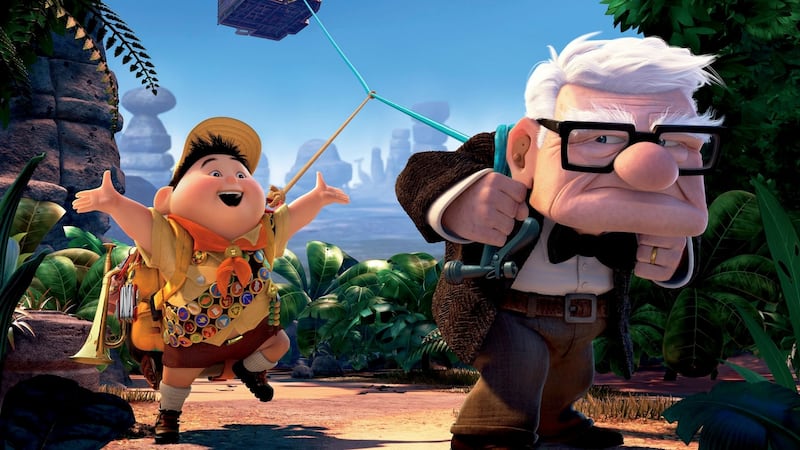
Rightly or wrongly, Up has become famous and almost legendary for the wordless sequence at the beginning. With superb storytelling economy and clarity, it shows the backstory for Carl, the grumpy old widower at the centre of the film. It shows his early married life with his childhood sweetheart Elle, their private heartbreak and then his loneliness. Pixar specialises in heartwrenching moments but this one will give you a lump in the throat the size of a football. Carl attaches balloons to his house so that he can float away from the real-estate bullies who are trying to buy his property, and visits the Paradise Falls in Venezuela. The title tells you everything about how it's feeling and where it's going.
10. WALL-E (2008, dir Andrew Stanton)
Pixar isn't known for science-fiction as such: perhaps Buzz Lightyear is the closest it really gets to it. But WALL-E is a brilliant sci-fi dystopia that is a very real influence on Denis Villeneuve's Blade Runner 2049. WALL-E is a little robot, like Chaplin fused with the Modern Times machinery, whose job is to scuttle about on an abandoned planet salvaging discarded material. The opening third of the film showing his eerie existence is really staggering. After that, WALL-E is whisked off on a spaceship and the film gets a little bit more ordinary. But not before that really gasp-inducing opening act.
11. Coco (2017, dir Lee Unkrich & Adrian Molina)
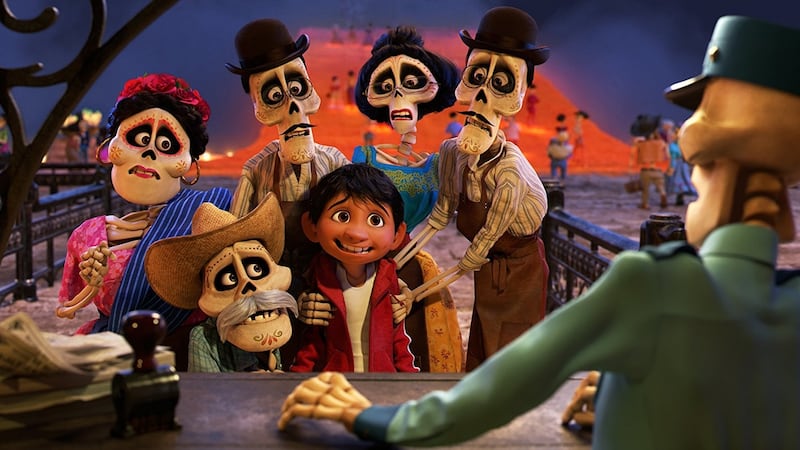
Coco is a really good film, and maybe deserves to edge into the medals table. A little kid from Mexico ventures into the afterlife on the Day of the Dead to make contact with his great-grandfather.
12. Cars (2006, dir John Lasseter)
For me, this is the most overrated of the Pixar films, a world of car racing with some nice moments, and spectacular digital rendering, but a little sterile.
13. A Bug’s Life (1998, dir John Lasseter & Andrew Stanton)
It came just after Toy Story and faced off with Dreamworks' Antz: it now seems a bit of a boilerplate talking-animal movie. Ants face an incursion on their turf from grasshoppers.
14. Finding Dory (2016, dir Angus MacLean & Andrew Stanton)
As sequels go, this wasn’t bad, and Ellen DeGeneres’s voice work for Dory was and is great. But this was transparently driven by commercial rather than imaginative or innovatory forces.
15. Brave (2012, dir Mark Andrews, Brenda Chapman, Steve Purcell & Enrico Casarosa)
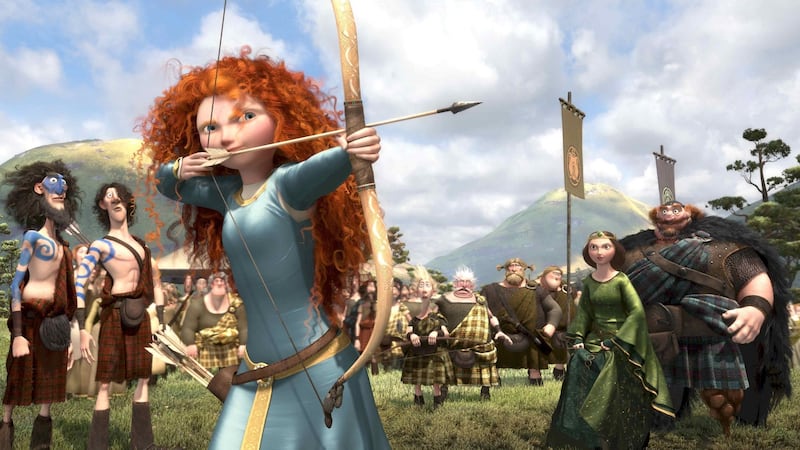
So much was hoped of this story of a flame-haired Scottish heroine: a female character in the driving seat, and of course there’s some good-natured fun. But the ideas and scene-setting seemed a bit second-hand.
16. Monsters University (2013, dir Dan Scanlon)
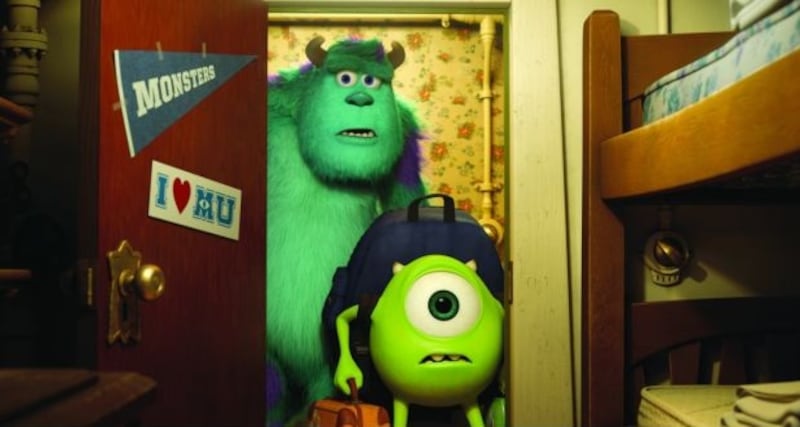
Pixar's only prequel shows the college days of Sulley and Mike from Monsters Inc: amiable, but with nothing like the power and originality of that first film.
17. Cars 2 (2011, dir John Lasseter & Brad Lewis)
We’re getting low on petrol for this pointless sequel.
18. The Good Dinosaur (2015, dir Peter Sohn)
A dinosaur tale that looks like straight-to-DVD.
19. Cars 3 (2017, dir Brian Fee)
Unlike Toy Story 3, Cars 3 obeyed the threequel rule: bad news. It could have been interesting with Lightning now occupying the oldster role: but he still looks weirdly young, locked in that car template. One to forget.
– Guardian











